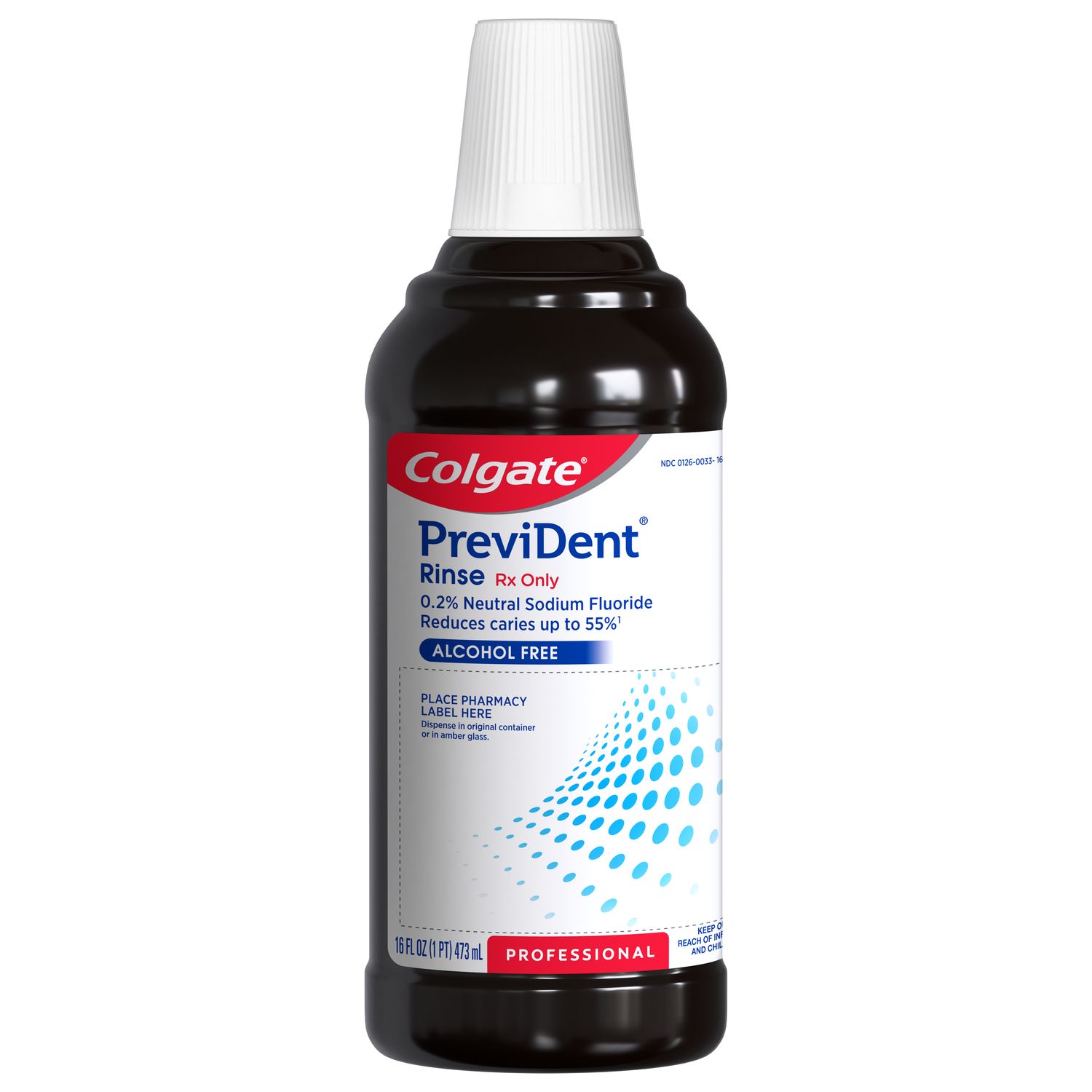
A patient's risk for dental caries can be constantly changing, and during the pandemic some of our patients' caries risk will have changed. Habits such as more snacking whilst at home, reduced access to dentistry and overall oral health may become less of a priority, placing some patients at increased risk for caries. This means that perhaps we should be re-evaluating our patient's risk profiles more often and support them to make better oral health choices.
What determines a patient's caries risk?
Dental caries is multi-factorial and risk level is therefore based on the presence/absence of multiple risk factors and protective factors. Caries risk assessment considers these and what could happen in the future, i.e., the likelihood of dental caries in the future based on what you currently know. Caries risk factors include:
- A diet high in fermentable carbohydrates especially sucrose and/or high frequency intake of sugar
- Poor oral hygiene habits with large amounts of plaque
- Insufficient exposure to fluoride
- Socio-economic factors, e.g., living in a deprived area, high previous caries experience, lack of access to dentistry
- General health factors, e.g., some health conditions or their treatments reduce salivary flow.
Why should we be assessing caries risk level on a regular basis for our moderate risk patients?
Since the risk level status of our patients can change, we should be performing a proper caries risk assessment regularly for our patients, not only those at high risk.
Dentists can use different systems to assess risk, including the International Caries Classification Management System.
Moderate risk for dental caries means that a patient may or may not have had previous dental caries experience and may not have any active lesions developing. However, changes in risk factors may have occurred, such as dietary changes and snacking, a decreased ability to perform oral hygiene or a health condition associated with xerostomia. Such factors can be identified during a caries risk assessment. Our patients at moderate risk for dental caries are at risk of developing new caries and for progression of non-cavitated lesions. Once a patient is identified as at moderate or high risk, interventions are indicated.
We know when managing our high risk patients that interventions and recommendations such as the use of high fluoride, are effective. It is equally important to pay attention to the needs of our moderate risk patients and the important role fluoride also has to play in caries management. Moderate risk patients therefore also need to be identified, receive targeted interventions, and be monitored with regular caries risk assessments to determine any changes in risk level following interventions. Fluoride therapy can be provided in-office by applying Colgate PreviDent varnish. A high-level prescription fluoride toothpaste contributes to enhanced protection against dental caries when used daily, such as Colgate PreviDent 5000 Plus / Colgate Duraphat 5000 toothpaste containing 5,000 ppm fluoride. In some countries, Colgate Duraphat 2800 toothpaste may alternatively be used, depending on preference.
The American Dental Association recommends additional strategies for caries risk management, such as behavior management - improvements in diet and oral hygiene and the use of sugar-free chewing gum containing xylitol. As dentists we can also engage in minimally invasive ways to manage existing lesions, such as 5,000 ppm fluoride paste/gel for root caries, silver diamine fluoride application for cavitated coronal caries and fissure sealants for non-cavitated coronal lesions.
Regular caries risk assessment is necessary to determine a patient's risk level and indicated interventions as well as any changes over time in risk level. This principle applies not only to high-risk patients, but to all patients, including those at moderate risk for dental caries. With this knowledge, interventions can be introduced for patients at moderate risk for caries to help prevent, halt and reverse dental caries.
Join us
Get resources, products and helpful information to give your patients a healthier future.
Join us
Get resources, products and helpful information to give your patients a healthier future.













